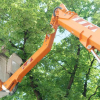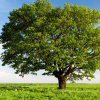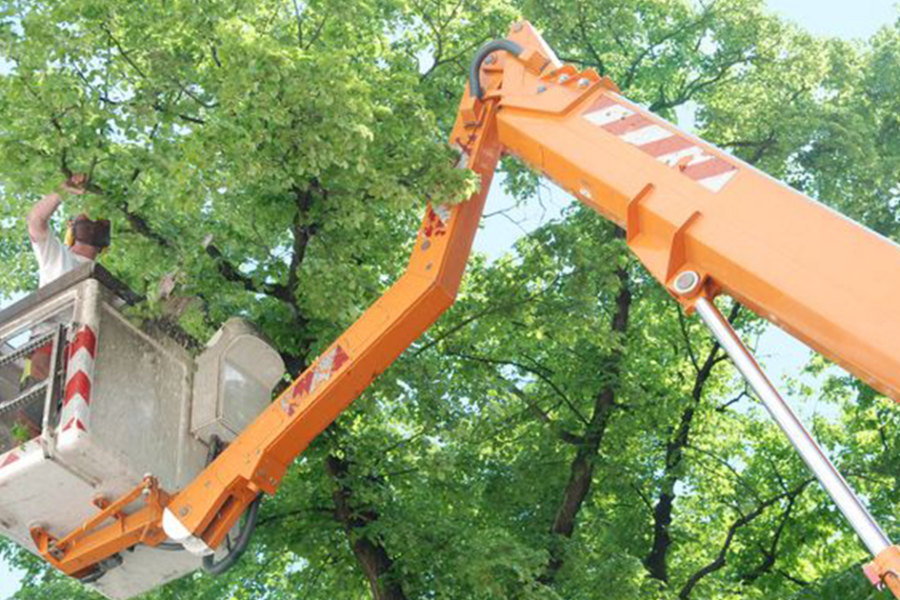
You do all you can to take good care of the trees in your property. You conduct comprehensive research on the various DIY techniques to make the trees look good and vibrant, and you even hire a tree service to do the pruning and seasonal maintenance. Then, you find out that your tree is suffering from a disease caused by insect infestation. We’ve all been there.
Dangers of Bug Infestation In Your Trees
If you love trees, and have invested quite a lot in planting and maintaining them just to add beauty and value to your property, bugs in trees is a scenario you never want to hear from your tree guy. Insect infestation on trees is something that you never want to take lightly. If left untreated, certain species of insects can potentially kill a tree in a frighteningly short amount of time. Here are a few of the insects that live on, in, and around trees that you should watch out for if you’re concerned about tree health and want to protect your investment from some of the most devastating species around.
The Different Types of Tree Insects and How to Prevent Them from Spreading
Although there are countless species of insects out there, most of them are actually harmless to trees. There are, however, a few that can wreak havoc on the development and structural integrity of your beloved trees. These damage-causing bugs are classified into three main types: the boring/tunneling insects, chewing insects, and sucking insects.
Boring or Tunneling Insects
These types of bugs are considered to be among the most harmful to trees. If left untreated, boring insects can cause irreparable damage to a tree, even death.
- Borer insects cause damage by boring into limbs, stems, and the root system of a tree.
These insects dig tunnels inside a tree for various reasons. Some do it for feeding purposes, while others burrow into the tree for reproduction purposes, to lay their eggs. When hatched, the larvae may burrow deeper into the tree, causing damage to its water-conducting tissues.
If the infestation gets serious enough, the leaves of the tree will suffer from nutritional and moisture starvation, resulting in irreparable damage and death to the tree.
Types of Boring Insects:
- Asian Longhorned Beetle
- Dogwood Borer
- Emerald Ash Borer
- Bronze Birch Borers
- Elm Bark Beetles
- Giant Palm Weevil
You should know that any burrowing or boring insect can cause serious harm to a tree because they disrupt the physiology of the plant. The key to keeping borer insects away from your tree is through preventive maintenance. This includes regular proper pruning, mulching, fertilization, and watering. Although some borer insects can be killed off by using insecticides, there are some, like the Emerald Ash Borer, that is much harder to combat once the infestation gets serious enough.
Chewing or Defoliating Insects
What Services Arborists Provide
These types of insects generally attack the foliage of a tree, feeding on its leaves. There are chewing insects, however, that attack the fruit of a fruit-bearing tree. Caterpillars and beetles are the most common types of chewing insects.For what it’s worth, most trees can be treated and bounce back from an infestation of these defoliating bugs. However, repeat infestation is not uncommon and could severely weaken the tree over time as it continues to starve the plant of chemical energy.
Types of Chewing Insects:
- Bagworm
- Eastern Tent Caterpillar
- Fall Webworm
- Gypsy Moth
- Japanese Beetle
- Mimosa Webworm
- Apple Maggot
- Cherry Fruit Worm
- Leafminers
- Spring and Fall Cankerworm
Well-maintained and healthy trees have less chances of getting an infestation of defoliating insects, so clearly, the best way to keep them off your tree is through an effective preventive maintenance plan.
Sucking Insects
These types of insects can cause damage to a tree by sucking out nutrient-rich plant juices from leaves and twigs, essentially robbing the tree of the liquid it needs to stay healthy and survive. The presence of honeydew, which contains unprocessed plant material, is a telltale sign of a sucking insect infestation.
Types of Sucking Insects:
- Aphids
- Leafhoppers
- Euonymus Scale and other Scale Insects
- Spider Mites
- Thrips
Just like any other insect infestation, the best way to avoid sucking insects is through prevention. Consult a local tree expert or a Certified Arborist to figure out the best preventive maintenance plan or the best course of action, if the infestation is already apparent.









